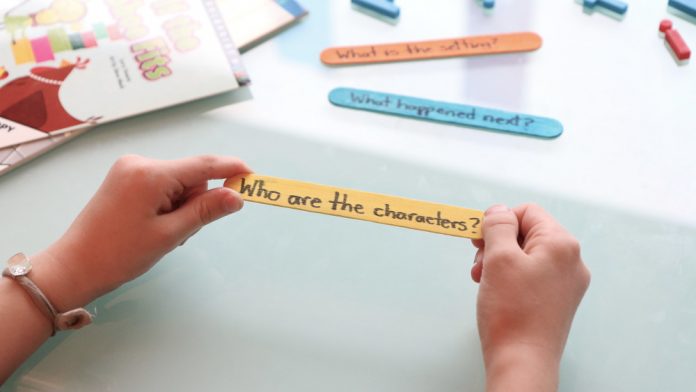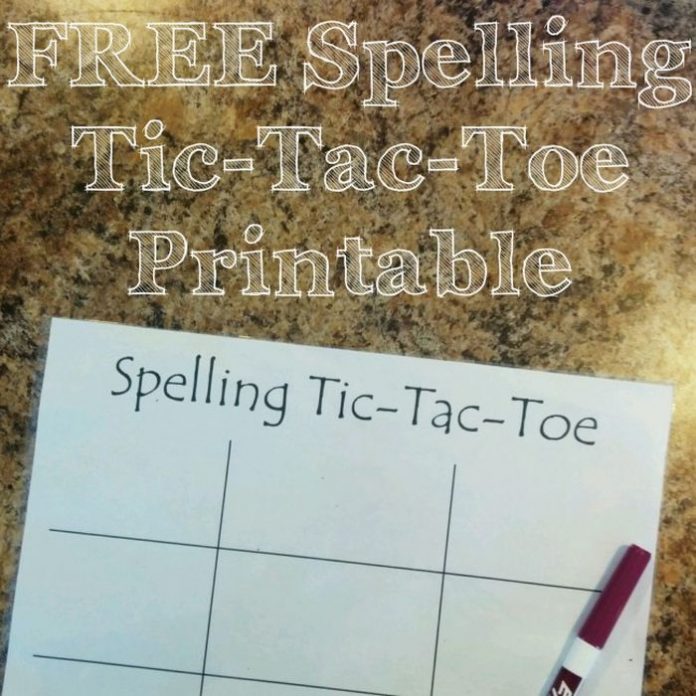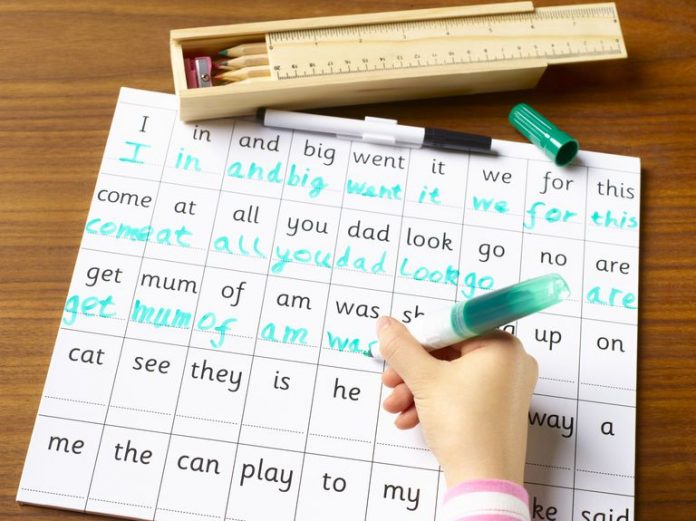Dyslexic students will often find it difficult to go through the education system with the same care that is provided to other students. The way they learn is different, as they have difficulty recognizing phonemes or reading. It is important for teachers, parents, or guardians to understand that teaching dyslexic students will look different.
Are you looking for ways to help dyslexic students succeed? This article will go through the best strategies to help this process. You can also find more information on www.sageschool.net.
1. Incorporate Multi-Sensory Teaching Methods

Dyslexia impacts the brain’s ability to understand sounds and letters, and how they form words. One method to support the learning styles of dyslexic students is to incorporate multi-sensory activities in class. This will enable dyslexic students to use other senses (such as touch) to help them retain information while reading.
You can, for instance, write the book’s material on physical objects. This can include using building blocks or LEGO, as well as stationery (such as glue). By writing words this way, you can engage your students and allow them to ‘feel’ what they are reading.
There is also the alternative of creating a game to improve spelling abilities after reading. You can come up with exercises where one student gets to say words and another student will have to spell them.
These are some games that may be suitable to use in a classroom. As a parent, you can pinpoint which schools are accommodating to your dyslexic child by seeing whether they have these sorts of interactive arrangements.
Word Relay
When playing word relay, you can divide the students into teams. The students will then line up, and the first person on the team will run to the board. They will start spelling out the words you’ve designated, then the next person will add another letter.
The team that manages to finish the word first will win.
Tic Tac Toe for Spelling

Divide the students into teams again. Create a life-sized tic tac toe board, and provide each team with a bunch of letters. Then, start dictating words to them.
The first team that spells the word correctly gets to put an X or an O on the tic tac toe board. This will keep going until a team wins the tic tac toe game.
Jumping Activities
You can incorporate spelling activities or reading exercises into jumping games. For instance, they can spell out words as they jump into different squares to reach the finish line.
An alternative version is to have the teacher say the words and have squares on the floor that would have the actual spelling.
Cutting and Spelling

An easier game is to say a word to your students, then have them cut the letters and spell it correctly. You can also use glitter for this, which will definitely excite all of your students!
Not only will these exercises for dyslexic students allow them to retain information and difficult words better, but they can help make your other students feel more engaged with the material.
2. Allow Them to Re-read
The struggle of reading may create a lot of anxiety and frustration for dyslexic students. If you recognize a child beginning to exhibit these signs when undergoing a reading assignment, allow them to re-read books that they’ve managed to go through before.
This is an especially helpful exercise for students to do at home with their parents or guardians. This is because their home environment may seem more comfortable and less triggering. By reading through something more familiar, the student will feel more confident about their reading abilities and will be able to undergo the exercise more quickly.
At the same time, encouraging this form of literary repetition will enable them to still exercise the same muscles needed to achieve fluency in language.
3. Give Them Breaks
What happens if you’ve tried all the strategies you can think of, but the student doesn’t seem to be advancing? Now is not the time to pile on more exercises. Instead, allow them to take breaks!
As with any other student, continuously immersing them in hard work will not only be frustrating, but it can also be counterproductive. The student may not end up remembering much of what they’ve read.
It’s important to keep in mind that since reading is more difficult for dyslexic students, it means that they will need more breaks than the others. Accommodating this need will ensure that your student feels welcomed and supported instead of pressured.
An added benefit is that it may end up making them more productive and energized after the breaks!
4. Use Decodable Books

As a parent or a teacher who has a dyslexic child, getting decodable books will go a long way in helping dyslexic students succeed. These books help with expressing phonetics and can allow students to learn words better.
Normal decodable books may be challenging to dyslexic students, so you can find reading material that will have more familiar words and only a few difficult words. This will ensure that you don’t overwork the brain of the dyslexic child.
Make sure to keep evaluating their progress with the books. Start with easy and short ones before going to harder ones if they seem to be succeeding. This will prevent them from feeling discouraged that they are not progressing.
5. Offer Accommodations for Dyslexic Students

It’s no secret that dyslexic students learn differently from everyone else, and you will need to have a school system that supports this. This includes arrangements such as allowing recorded classes, getting exemptions from having to learn more than one language at a time, and exemptions from undergoing tests that will be too difficult for them to follow.
As a parent, you can consult with the school to ensure that they have the appropriate procedures to help your child learn well and feel supported. You can also provide additional support by having a tutor.
If you have a dyslexic student or child, you will need to partner with teachers that can truly help.









